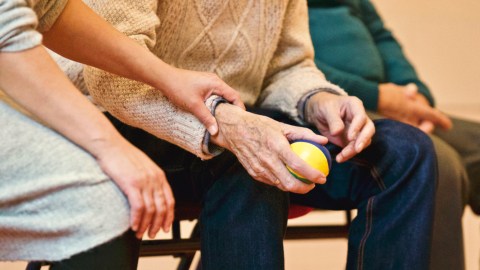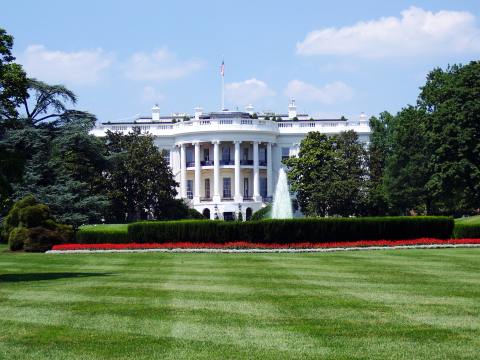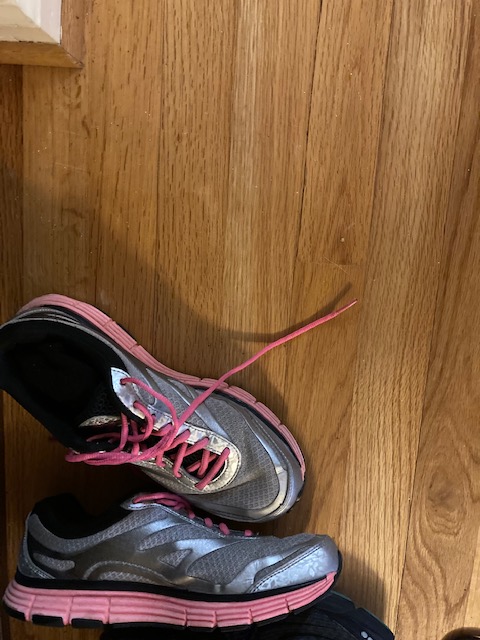By Gina Veazey
It has been a big month for health care, most recently with the Supreme Court’s decision overturning Roe v. Wade. But it’s also been an important time for consumer health engagement. AHIP brought the payer community together in Las Vegas recently for AHIP 2022 with an agenda that, perhaps unsurprisingly, mentions the word “engage” a whopping 27 times.
Among the many excellent AHIP speakers on engagement was Kathleen Ellmore, a pioneer in the use of consumer marketing best practices to motivate health decisions. She is the Managing Partner of consumer health engagement and experience firm Engagys, LLC, which this week announced the launch of its subscription-based Executive Advisory Services.
Health Data Buzz connected with Ellmore for more on this new service from Engagys.
HDB: First things first. What is consumer health engagement?
KE: That’s a great question, Gina. Consumer health engagement is comprised of the measures individuals take to become better educated and more proactive about decisions and behaviors that affect their health. Everybody who visits the doctor, uses health care services or devices like glasses, or takes medicine is a health care consumer. The engagement part is related to how involved consumers are in their own health care.
We all know the reasons why we should get our cancer screenings, get a yearly checkup, or take our medications as prescribed. But there are many things competing for our attention, and often times our own health care can fall to the bottom of a long and ever-changing ‘To Do’ list. Consumer health engagement is simply prioritizing health and putting it back towards the top of the list.
How powerful a force is the consumer in health care?
KE: The consumer is an extremely powerful force in health care. When you hear goals such as improving health equity, increasing access to medicines, and lowering medical cost spend, none of these are possible without getting consumers engaged.
When consumers are engaged in their own health, and actively doing things that will improve their health, the implications of that are felt across the health care continuum. Think of how much better off a person is who catches a cancer diagnosis in an early stage during a preventive screening versus treating it farther down the line. It’s also true of those of us with chronic conditions. When proactively managed, some chronic conditions like diabetes have far fewer complications. And of course, when we get the care we need before catastrophic events happen, it costs less money for the individual, for the health plan, and health system in general.
To solve our country’s health care problems, we need to address consumer health engagement, and engagement starts with creating the right experience to enable behavior change on the consumer’s terms.
Have we even begun to test the limits of consumer health engagement?
KE: The health care industry has made strides in improving consumer health engagement, but there are still many levers to pull. The health care industry is missing consumer engagement opportunities by not using time-tested techniques employed by other industries. Consumers no longer compare their health care experiences to other health care organizations; they compare it to their favorite brands and the bar is high. Just take Starbucks as an example. Using an AI algorithm within the Starbucks app, they send more than 400,000 message variants to promote unique offers based on each consumer’s personalized preferences, activity, and buying history. The health care industry arguably has the most consumer data of any industry and is just now understanding how to use it to communicate with consumers to affect positive behavior change.
What was the impetus for the Engagys Executive Advisory Services (EAS) and the process for bringing it to market? What did you learn along the way?
KE: At Engagys our mission is to help clients change the way their members and patients engage, leading to improved health, increased revenue, and lower costs. We wanted to expand our offerings with an affordable subscription service for health plans, health systems, and health care technology leaders. Executive Advisory Services is designed to deliver actionable advice, insights, and best practices that health care consumer engagement practitioners can put to work quickly.
We’ve learned that not every client needs consulting services, and some that do may not have the budget available to secure consulting services. We often have requests from clients for discussions that support concerns and questions outside of the scope of our consulting services. There appeared to be a need for an ad hoc “phone a friend” service that allows access to expertise for a point in time need. Some of us at Engagys have also experienced this need personally, and we saw an opportunity to bring that to our clients, and the broader health care market, in a more dynamic format.
Our team set out to consolidate our knowledge and organize it into a framework that would support the product and the market. We evaluated client needs and infused their pain points into the features of the product – focusing on topical research, an interactive knowledge platform, benchmarking, discussion forums and most importantly, advisory support through our inquiry process. The effort to consolidate our amassed knowledge and shape it into a library of artifacts took well over a year, but it was an incredibly insightful journey. Not only did it support the initial product framework, but it informed every other feature of the product and expanded our perspective on our capabilities and the support we could offer just by sharing “off the shelf” artifacts.
What is the hope for the EAS? How will you know it’s been a success?
KE: The hope for EAS is to expand the knowledgebase of every subscriber and to help them, and their team, work smarter and faster to achieve their goals. Our client’s measure for success is our measure for success. On a traditional consulting engagement, we don’t always have the opportunity to see the full impact of our work. Because EAS is an annual subscription, we plan to be along for the ride!
As an example, one of our clients recently scheduled an inquiry for assistance with launching a new product. Within a couple of weeks, we were able to provide them several artifacts to inform their approach, validate their own research, and accelerate their efforts on a very aggressive timeline. We hope to support them throughout this journey and see their success in real time. Client satisfaction is always our highest bar, and with EAS we’ll have real-time KPIs to ensure we meet that standard.
Health care is awash in smart people eager to share their good ideas with stakeholders. What does the Engagys EAS bring that’s unique and, importantly, valuable?
KE: The complexity and nuance of what we do is not well represented in the market. Similar services provide features like ours, but they don’t offer the depth of health care consumer engagement expertise that our team can provide, and we saw that as a critical gap. Every single employee at Engagys has deep health care industry experience, and our EAS subject matter experts have insights, knowledge, and experience from millions of health care consumer interactions and thousands of program implementations.
And it all goes back to the health care consumers. As I previously mentioned, health care consumers are increasingly measuring their experiences against the highly personalized and targeted interactions of players outside of the health care space like Amazon and Netflix. And health care consumers are dynamic. Just when you find something that works to reach consumers, it might change based on the environment. SMS texting works beautifully with consumers, but as more and more companies inside and outside of health care use text to reach consumers, we are in danger of consumer fatigue. Staying on top of the latest insights of what works for which populations to drive which actions is critical to keep consumers engaged. There are a lot of challenges to address before health care is delivering those same personal and proactive interactions, and we think we’re in the best possible position to help change the game.
How can a plan, health system or tech leader sign up?
Send an email – info@engagys.com. We’ll get an introduction scheduled and take it from there.
Gina Veazey is a writer and consultant focused on health care. As the former editor of the America’s Health Insurance Plans print magazine, Coverage, her interests and experience are far-reaching and include topics in public health, consumer health engagement, precision medicine, health information technology, Medicare Advantage, and many others. She can be reached at gina@veazeymedia.com.








